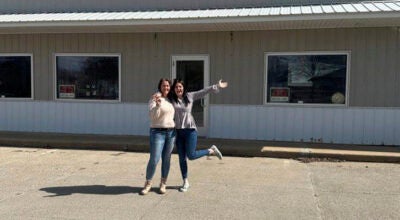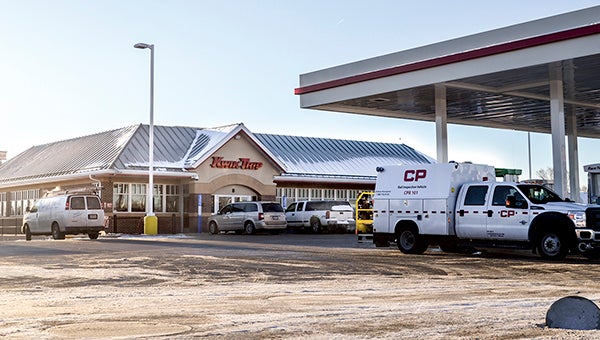Vision 2020: Austin supports data fiber plan
Published 10:07 am Friday, November 7, 2014
Majority surveyed would use Gig Austin services
Vision 2020 is finding a lot of support for a community-wide broadband Internet project.
More than 80 percent of respondents in a recent door-to-door survey support the project and would switch to a proposed data fiber network if it were built in Austin.
“The results are far better than what we had hoped for,” Director of Vision Creation Laura Helle said. “It shows strong support, and this is a strong tool we’re going to need to secure funding for the project.”
Vision 2020’s Community Wide Technology committee released the results of a feasibility study in July that shows a high-speed fiber network throughout the city of Austin is a sustainable venture. That high-speed data network could provide Internet speeds of up to 1 Gig per second, or hundreds of times faster than normal Internet speeds.
The project, dubbed Gig Austin, could cost about $35 million to build. The committee also hopes to use state and federal grants, and funding from other partners and nonprofits, to pay for the project. Committee members say they aren’t considering local tax dollars at this time.
Volunteers surveyed 300 people across the city. About 40 percent of those surveyed lived in low-income areas, 47 percent lived in middle-income areas and 13 percent lived in high-income areas.
The survey showed 92 percent would consider switching data providers (for Internet, TV, and phone services) if residents could get faster Internet for the same price.
About 86 percent would consider switching if the fiber network were available and 98 percent would support the Gig Austin project if it could be built without raising local taxes.
In addition, the survey found about 40 percent of respondents pay $100-$150 per month for Internet, TV and phone services, which is well within a proposed price structure in the Gig Austin operations plan.
“We feel like we have the data that proves the concept in Austin, at least as much as it can be proven,” Helle said.
The next step for volunteers is to raise funding through local contributions, state and federal grants and donations from private organizations. Helle said Vision 2020 hopes the project would be a public-private hybrid venture to attract as much buy-in as possible.
Yet Vision 2020 may face more obstacles than fundraising. Many communities that pushed for data fiber found cable and Internet providers pushed back against the idea in several ways, including lowering service rates. Helle said price would likely be “a sticky point” moving forward, but the survey data shows people would likely appreciate the improved data service.
There’s no set timeline to raise money to move Gig Austin forward, but Helle said she has heard from several residents who want to get the project done as soon as possible.
“We have a sense of urgency and we’re not going to slow down,” she said.





